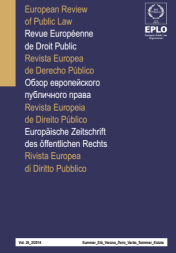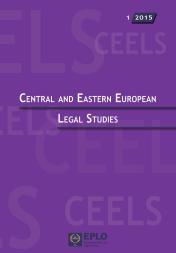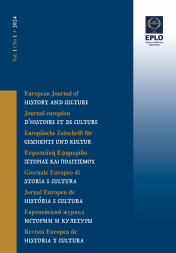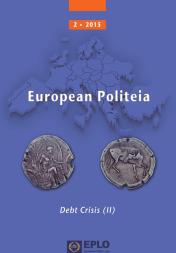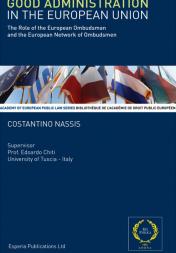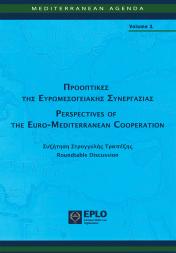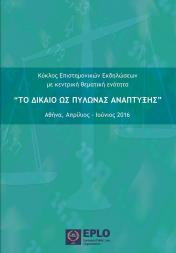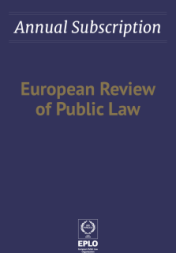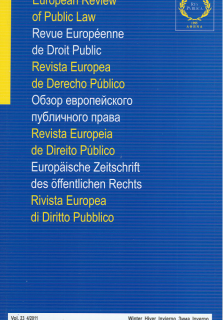
Ombudsman in Turkey
The Death and Birth Story of an Unborn Child
Nilay Arat
Dr., Kadir Has University School of Law, Department of Administrative Law
Having spread out to the world from its homecountry, Sweden, the Ombudsman has been an important part of State machinery in almost every democratic state. It functions as a "mediator" between State and individuals. Through such institution, individuals have an additional control mechanism on administration. Especially in emerging democracies it has an additional function for protecting human rights. Such an institution has also been established recently in Turkey, that is, the so-called Public Auditor Institution. Setting up a legal standing for the Public Auditor Institution was, relatively, a long legal story, worth explaining. In this regard, first there was a legislation challenged before the Constitutional Court and failed to come into force. Then, another legislation in order to amend the 1982 Constitution came into stage including a provision for the establishment of the Public Auditor Institution. This was also challenged before the Constitutional Court but passed the constitutionality test. At last, by referendum the legislation for the amendments was approved, and thus the Public Auditor Institution became a part of the Turkish legal system.
S'étant répandu au-delà des frontières de la Suède, l'Ombudsman constitue une partie importante de l'appareil étatique dans presque tous les états démocratiques. Il fonctionne comme un "médiateur" entre l'Etat et les particuliers. Grâce à cette institution, les particuliers possèdent un mécanisme additionnel de contrôle de l'administration. Surtout dans les démocraties émergentes, elle a une fonction additionnelle pour la protection des droits fondamentaux. Une telle institution a récemment été instaurée en Turquie: l'"Institution de l'Auditeur Public". La mise en place d'un statut juridique pour l'Institution de l'Auditeur Public a été une saga juridique relativement longue, méritant d'être expliquée. A cet égard, d'abord il y avait une loi qui a été contestée devant la Cour constitutionnelle et qui n'est pas entrée en vigueur. Puis, une autre loi, amendant la Constitution de 1982 a été proposée, incluant une disposition pour la création de l'Institution de l'Auditeur Public. Elle aussi a été contestée devant la Cour constitutionnelle mais elle a passé l'examen de constitutionnalité. Finalement, la loi amendant la Constitution a été approuvée par référendum, et c'est ainsi que l'Institution de l'Auditeur Public est devenue une partie du système juridique turc.




